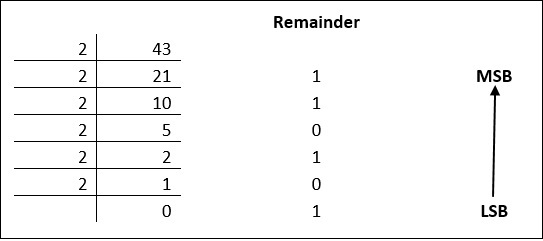
ANU UG/Degree 2nd Sem(Y23) Reg & 5th, 6th Sem(Y21) Reg/Supply Exam Fee Notifications April 2024 is released. Acharya Nagarjuna University Degree Exams April 2024 Notifications, Time Tables, and Important Questions.The following Notifications are released by the University TodayUG 2ND SEMESTER REGULAR Y23 BATCH FEE SCHEDULE FOR APRIL 2024 EXAMSUG 5TH SEMESTER REGULAR Y21 BATCH BA B.COM BCA...



